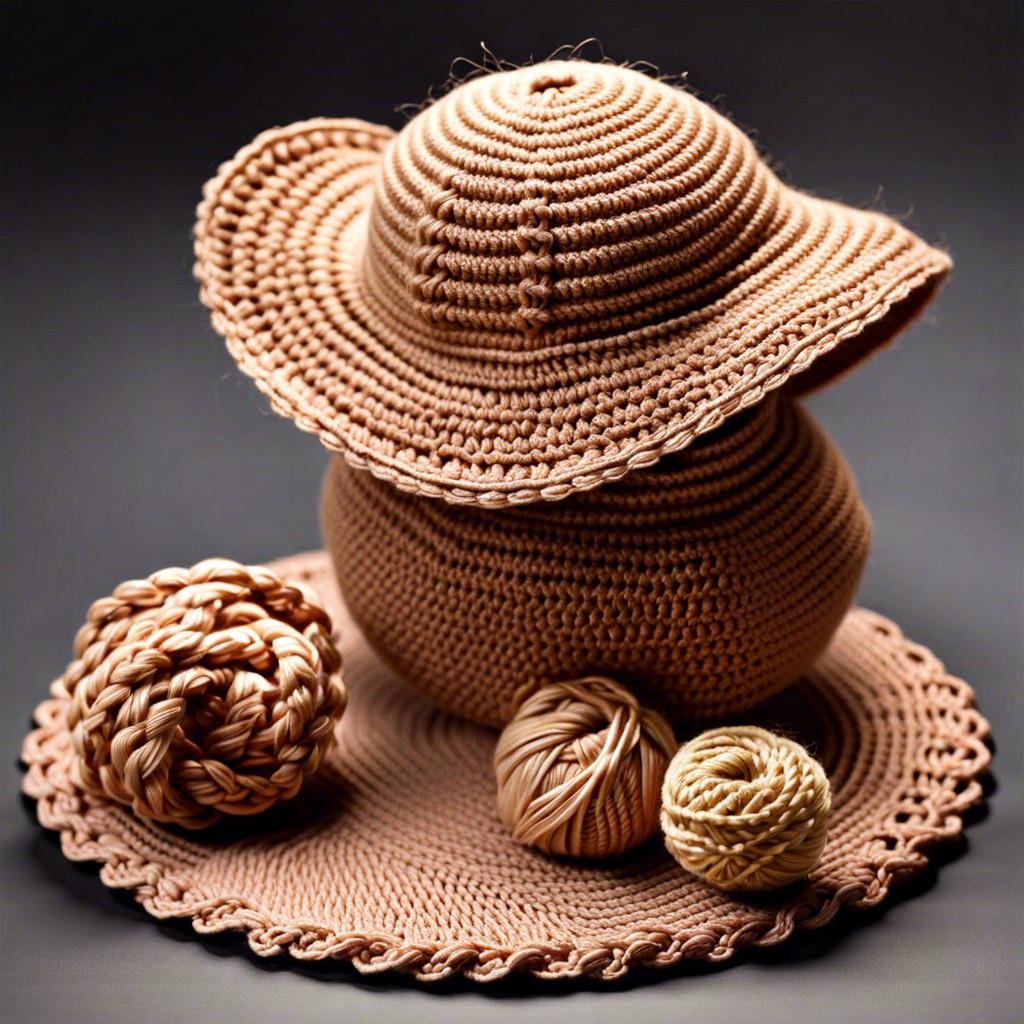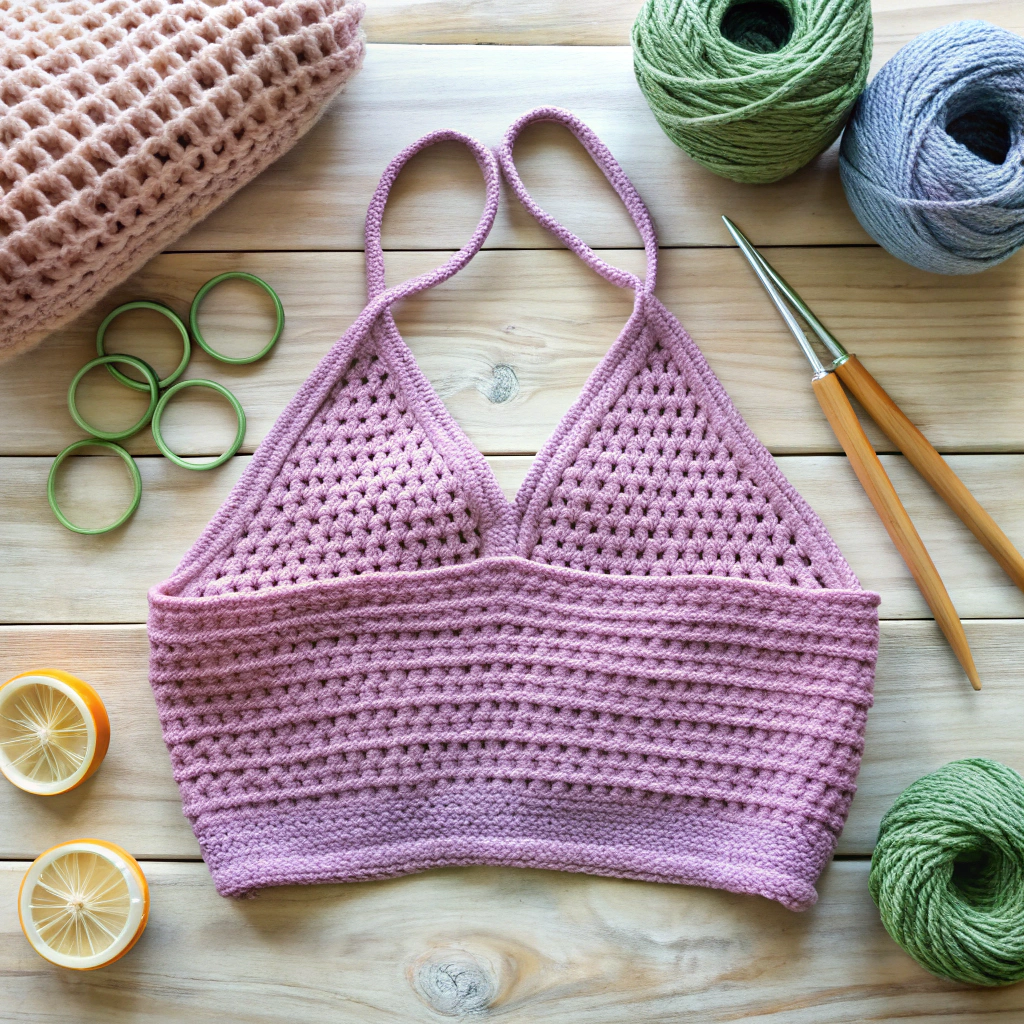Discover the intriguing origins of crochet and who first crafted these loops into art.
Key takeaways:
- Crochet has a long and diverse history dating back centuries.
- Tambour embroidery influenced the development of modern crochet.
- Irish Crochet is known for its intricate lace motifs and played a significant role during the Irish Famine.
- Crochet flourished in the 20th century, adapting to fashion trends and expanding its versatility.
- The internet and social media have revolutionized how crocheters connect, learn, and share their craft.
Origins of Crochet

Crochet has a long and fascinating history that dates back centuries. Starting with simple needlework techniques, it eventually evolved into the intricate craft we know today. Early examples of crochet-like techniques can be found in cultures across the world, from China to South America. As the craft spread, different regions put their spin on it, leading to unique styles and variations. Over time, crochet became popular in Europe during the 19th century, with patterns and techniques being shared and passed down through generations. This rich history is what makes crochet not just a hobby, but a connection to the past, bringing us together through the threads of time.
Evolution From Tambour Embroidery to Crochet
Tambour embroidery heavily influenced the development of crochet. Originally, tambour involved using a hook to create chain stitches on fabric. Over time, crafters adapted this technique by working with a variety of threads and yarns. This transition laid the groundwork for what we now know as modern crochet. As techniques evolved, crocheters began utilizing different stitches and styles, gradually departing from the traditional tambour embroidery methods. This shift marked a turning point in the history of crochet, paving the way for the diverse range of stitches and patterns we see today.
The Rise of Irish Crochet
Irish Crochet emerged in the mid-19th century, characterized by its intricate lace motifs that drew inspiration from nature. This unique style involved creating motifs separately and then joining them together using delicate mesh grounds. These motifs often included flowers, leaves, and other ornate designs.
One distinctive feature of Irish Crochet is the use of a small steel hook and fine thread, allowing for exquisite detail in the finished pieces. This style became popular in Ireland and was later exported to other countries, gaining recognition for its beauty and complexity.
Irish Crochet played a significant role during the time of the Great Irish Famine, providing employment for women who created these intricate pieces for sale. This craft not only served as a source of income but also helped preserve traditional Irish lace-making techniques.
Today, Irish Crochet continues to inspire crocheters worldwide, with many enthusiasts studying and replicating vintage patterns to keep this rich tradition alive. The blend of history, artistry, and skill makes Irish Crochet a beloved and timeless style in the world of crochet.
Crochet During the 20th Century
During the 20th century, crochet became even more popular due to its versatility and ability to create a wide range of items. Crochet patterns flourished, allowing for intricate designs and styles to be produced. The introduction of new materials and techniques expanded the possibilities of what could be achieved through crochet. As fashion trends evolved, crochet also adapted, being used to create everything from clothing and accessories to home decor items. The innovation and creativity seen during this time have continued to influence modern crochet practices.
Impact of the Internet and Social Media On Crochet
In today’s digital age, the internet and social media have revolutionized the way crocheters connect, learn, and share their craft. Online platforms provide a vast space for crocheters to showcase their work, exchange patterns, and seek inspiration from fellow enthusiasts worldwide.
Crochet blogs and websites offer tutorials, free patterns, and tips for crocheters of all levels. Video tutorials on platforms like YouTube make it easier for visual learners to grasp new stitches and techniques.
Social media platforms such as Instagram and Pinterest serve as virtual galleries for crocheters to exhibit their finished projects, engage with a community of like-minded individuals, and participate in crochet-alongs and challenges.
Online marketplaces like Etsy allow crocheters to sell their handmade creations, turning their hobby into a potential source of income. Virtual workshops and events enable crocheters to participate in classes and connect with instructors from anywhere in the world.
The internet and social media have truly transformed the world of crochet, making it more accessible, interactive, and interconnected than ever before.




